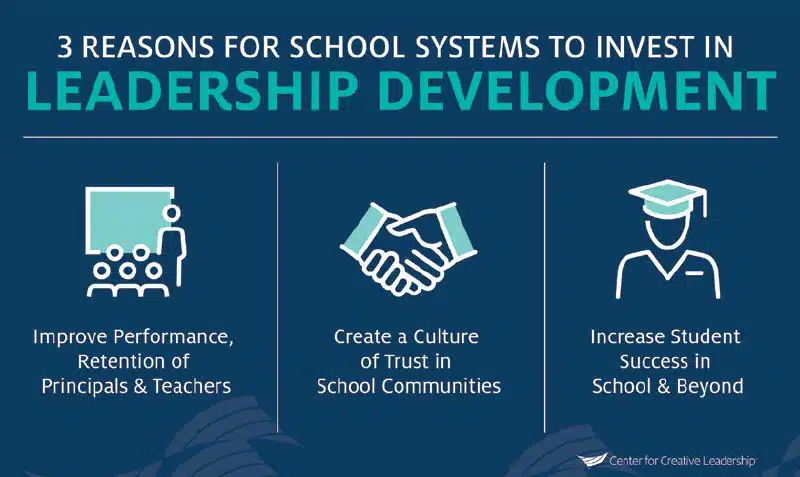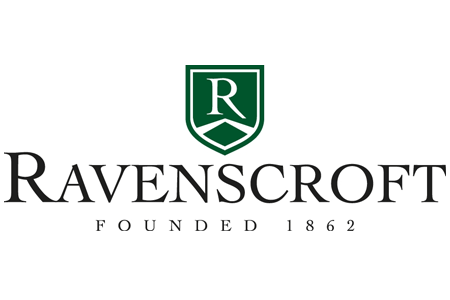Accelerating School Success
In-depth studies in the field of education confirm that investments in high-quality, research-based K-12 leadership development for school systems can directly impact student success — in the classroom and beyond.
And now more than ever, meeting the complex challenges of a rapidly changing world requires schools to equip young people with the skills they need to become productive workers, engaged citizens, entrepreneurs, and lifelong learners.
“The goal of our nation’s education system should be to prepare every young person to become an engaged and thriving participant in society,” notes the William and Flora Hewlett Foundation. This results in the need to learn beyond content mastery and develop deeper learning skills. Students need to be able to adapt quickly, be continuous learners, and able to collaborate across many social boundaries. Success in the 21st Century depends on critical thinking, communication, and collaboration. Building students’ capacity for this new era requires investments in teacher and administrator professional development to create the educational ecosystems that foster students’
mastery of these skills — it requires effective K-12 leadership training.
Investing in K-12 Leadership Training
These days, decision makers in K-12 education face myriad choices when deciding how to spend their limited capacity-building dollars. Many invest in technical resources such as literacy training, new curriculum, or the latest student assessment tools.
But does this approach yield the lasting improvements that schools want — and need — to achieve? Can these dollars be used in ways that leverage all the other investments instead of adding one more discrete investment that divides attention and overwhelms leaders rather than builds capacity.
Our research has found that investments in K-12 leadership development for school district superintendents, principals, teachers, staff, and students play an essential role in creating the transformational change needed in education today. That’s because leadership development focuses on the single most important part of any school system, public or private — its people.
Why You Should Invest

3 Reasons to Invest in Leadership Development
An initial investment in leadership development can be the catalyst for a significant payoff over time. Our findings and research show that investments in training can do 3 things:
1. Improve performance of school leaders.
Research shows that effective leadership has a trickle effect throughout a school, instilling a culture of greater collaboration and trust, driving more effective instruction and, ultimately, impacting student learning. In fact, a key finding in a 2017 Learning Policy Institute report on this subject showed that any effort to improve schools — raising academic standards, adopting new curricula, attracting and retaining top-notch teachers, and the like — requires, first and foremost, a strong principal. Given this, it shows that investing in strong K-12 leadership is a must.
2. Create a culture of trust within school communities.
Climates with stronger teacher-principal trust provide for the proliferation of effective teaching practices. Among the key features of effective efforts are those that support a culture of collaboration. Our research has found that principal leadership plays an especially critical role in developing and sustaining a culture of trust. Principals who participate in K-12 leadership training are able to create more collegial environments that engender trust and professional teacher behavior.
3. Build student engagement in school and beyond.
For the next generation to thrive in the 21st century, schools also must equip students with the skills they need to become engaged citizens who can lead and effect change throughout their lives. Skills learned through K-12 leadership training — perseverance, conflict-management, and the ability to engage and mobilize others — can be as important as academic prowess in addressing the challenges of an uncertain, fast-changing global environment.
To learn more about the challenges education leaders face, and how to combat them through K-12 training, download the full white paper below.
Download White Paper
Download the full white paper to learn how investments in leadership development for principals, teachers, staff, and students play an essential role in creating the transformational change needed in education today.










